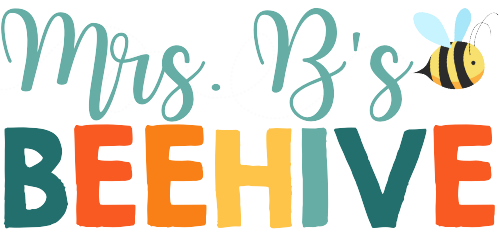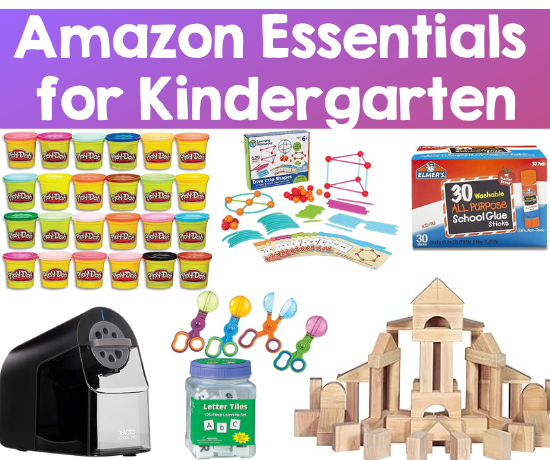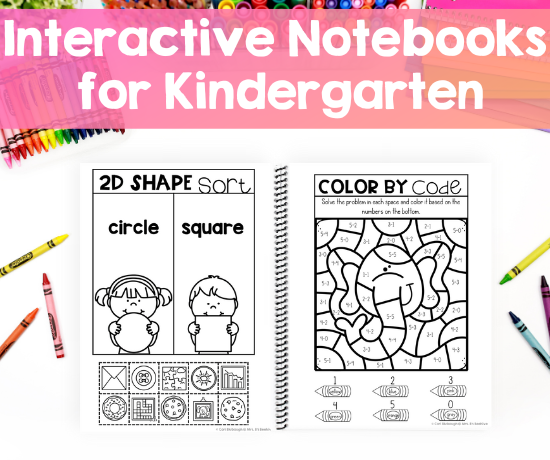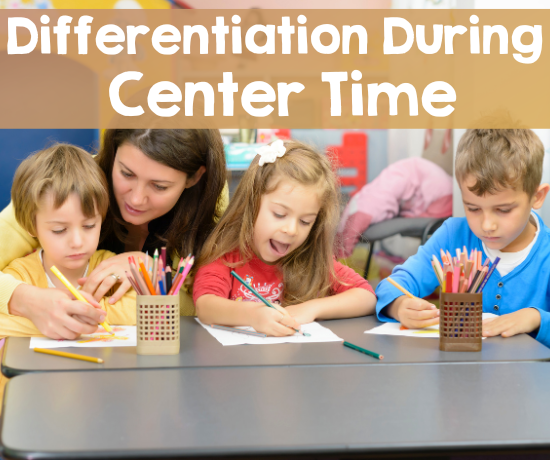As a teacher, it is important to create an environment that encourages learning and keeps students on track. Establishing an effective morning routine can help you do just that! A good morning routine sets the foundation for the day, allowing you and your students to stay organized and focused on the tasks ahead. Here are some tips to help you create a successful morning routine in your classroom.
A little background as to why this topic is so important to me, and why I feel like I’m an expert at it.
My Journey to Independence in Kindergarten
In my last school, I was a vice-principal for 5 years. This additional responsibility didn’t come with many perks and I wasn’t given any extra time to do the work. I was expected to do my regular classroom work in addition to (just some) of the following:
- Train new teachers
- Curriculum ordering
- Tech help for the online curriculum.
- Teacher observations
- Fundraising organization
- Professional development for teachers
- Data tracking
- Accreditation reports
- Title money proposals
- And of course, take over whenever the principal wasn’t there.
I had a principal who would shirk a lot of her responsibilities. Every day brought a new challenge. It would be very common to get a call from my principal asking me to write a proposal for something in the middle of a lesson. She would also inform me that it was due 2 weeks ago 😳.
While this job was toxic on so many levels, I learned A LOT!!! I was also able to affect change on a larger scale, which I loved.
Fostering independence in my kindergarten class was a key strategy I used to get everything done.
Let me share with you my tips and tricks to get your kindergarten students independently helping you. Let’s free up more of your teacher time!
Morning Routines
Mornings used to be a hectic time for me. Parents wanted to talk, teachers needed help, and I was trying to finish up last-minute tasks to feel organized for the day. Here are some things I implemented to help organize my morning.
Arrival
Everything has a place! In the first couple of weeks of school, I stand by the door and help students learn how to complete the morning steps. I never do it for them, but guide them through the process.
- Hang up your backpack on your LABELED hook.
- If you are going to take off your jacket put it immediately in your backpack.
- Take out your folder and put it in the designated area. (This goes for book bags, box tops, sharing bags, etc.)
- Take your water bottle out and put it in the designated area.
- Take your lunch bag out and put it in the designated area.
- Grab your morning work.
- Grab your supplies.
- Find a seat (I used flexible seating)
- Get to work!
It takes about 2 weeks of me standing at the door and guiding the process before they are pros!
Morning Work
I like to use morning work that has a repetitive pattern so that students know what to do without me. Here are a couple of resources that have worked well.
Phonics Picture Sorts
Alphabet Apple Trees (She also has a CVC Word one)
Things to think about ahead of time:
- Choose work that is a review and that students won’t require a lot of assistance completing.
- Put the work in the same place every day. I had the papers next to their backpack area.
- Where will the work go once done? It should be the same consistent place every day.
- What will your transition cue be? Should be the same every day.
- What do students do with their papers if they didn’t finish them? I had a stamp that said “finish at home” sitting on my desk. The students could access it, put a stamp on their paper, and put it in their folder. This takes some practice but this can 100% be an independent activity!
- What do students do if they are finished early? I mean I know I don’t have to have to tell you again….but just in case:
5 Reasons Why You Need an Early Finisher System
Morning Meeting
After I signal for a transition, the students come to the rug. I’ll be talking more about fostering independence during transitions in a later post.
A key tool in fostering independence in kindergarten is classroom jobs! Not every student has to have a job, and some jobs can have 2 people doing them. Choose jobs that are really going to help you as the teacher out! The 3 jobs that help me during the morning are:
- Calendar
- Lunch Count/Attendance
- Folder
I rotate my classroom jobs once a day and we review the jobs for the day during our morning meeting.
Classroom Jobs
Calendar – This person goes over the days, months, how many days in school, sight words, focus skills, daily schedule etc. This is another job that takes a couple of weeks to train, but after standing next to the student and modeling the steps they can take over the job completely.
Make sure they have access to everything they will need, the pointer, base 10 blocks, flashcards in a pocket chart, etc.
Lunch Count/Attendance – This job will look different for every classroom. In my class, we had paper copies of both these items that needed to be delivered to the office and cafeteria. The first couple of days of school as we were walking around and touring the campus we would do these jobs together.
At the beginning of the year, you might also want to pair up a more reluctant child with a child who knows the campus well to help them complete the job.
Folders – This job helped me out a lot! My students used small 3-ring binders to hold the following things:
- Class List
- Class Schedule
- Announcements
- Papers from the office
- Zippered pocket for money and notes
- Homework Packet (I sent one home on Monday and collected it the following Monday.)
The folders had the student’s numbers labeled on the side. When they came in they would put the folders in a small bookcase by their backpacks. The area would get a little messy as they came in, and that’s where my folder helper would come in!
As one of my students went over the calendar, one student assigned to folders would go back to that area and put all of the folders neatly in numerical order. This was wonderful number practice for them and it helped me out immensely!
Whenever I had time during the day I would take a quick look at their folders to see if I had any parent notes I needed to respond to. These folders would go home at the end of every day.
The Best Helpers!
Students LOVE to help! They like knowing that they’re making your job easier. They like being trusted to complete things by themselves.
One of my students was organizing the folders and when she came back to the rug she said – “Mrs. B, I made 2 piles of folders on your desk. In one pile, the numbers are coming off and you need to write them again. The other pile is fine. When you finish re-writing the numbers, I’ll organize the folders.

I mean…come on!!! This is the kind of support I need in my life!!! 😆
Assessing Your Routines
On a final note, about once a month take a step back and observe your morning routines. Think about the following things:
- Where are you seeing behavior issues arise?
- Do you see too many students congregating in one area at once?
- What tasks are taking you too long to complete in the morning?
- What classroom jobs aren’t working/need to be changed?
- Are there morning routine steps that some students are still confused about?
Sometimes making very small changes can have a huge impact. Something as simple as moving their morning work paper to a different location can clear up a traffic jam.
Often times you just need to have a small mini-lesson to remind students about a particular expectation.
Alright! Is there anything you learned that you can insert into your morning routine to help foster independence in kindergarten? Let me know in the comments below!





